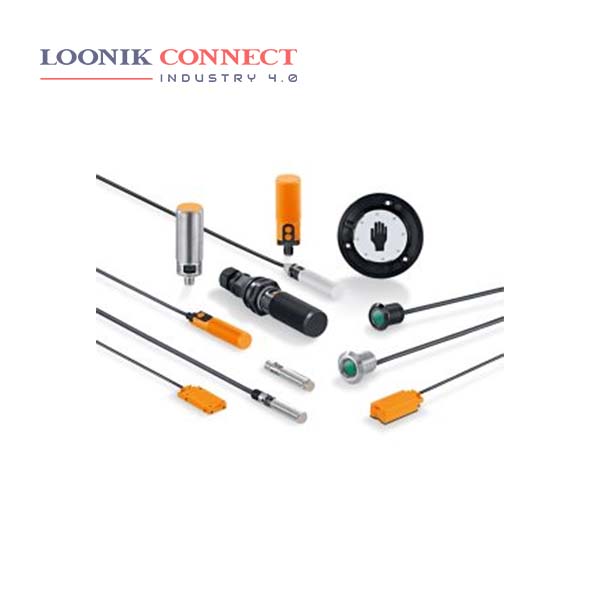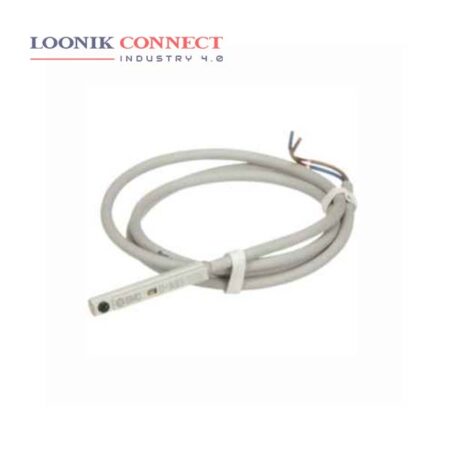A capacitive sensor is an electronic device that can detect solid or liquid targets without physical contact. To detect these targets, capacitive sensors emit an electrical field from the sensing end of the sensor. Any target that can disrupt this electrical field can be detected by a capacitive sensor. Shielded or flush capacitive sensors are perfect for detecting solids or liquids through non-metallic container walls up to 4mm thick.The non-flush or level detection capacitive sensors are not shielded and employ a spherical electrostatic field.
High noise immunity Sensing range adjustable by means of potentiometer or teach button Plastic or metal housings for different applications Sensors for position and level detection Accessories for mounting on tanks or sight glasses The capacitive measuring principle is based on the working principle of a capacitor. A capacitor creates an electric field between two conductive plates when the voltage is applied. Capacitance (C) names the ability of a capacitor to accumulate electric charging (depending on the voltage).
Inductive-reactive power is conventionally positive (absorbed by an inductive load), while capacitive-reactive power is negative (supplied by a capacitive load). A typical sensing range for capacitive proximity sensors is from a few millimeters up to about 1 in. (or 25 mm), and some sensors have an extended range up to 2 in. Where capacitive sensors really excel, however, is in applications where they must detect objects through some kind of material such as a bag, bin, or box.










